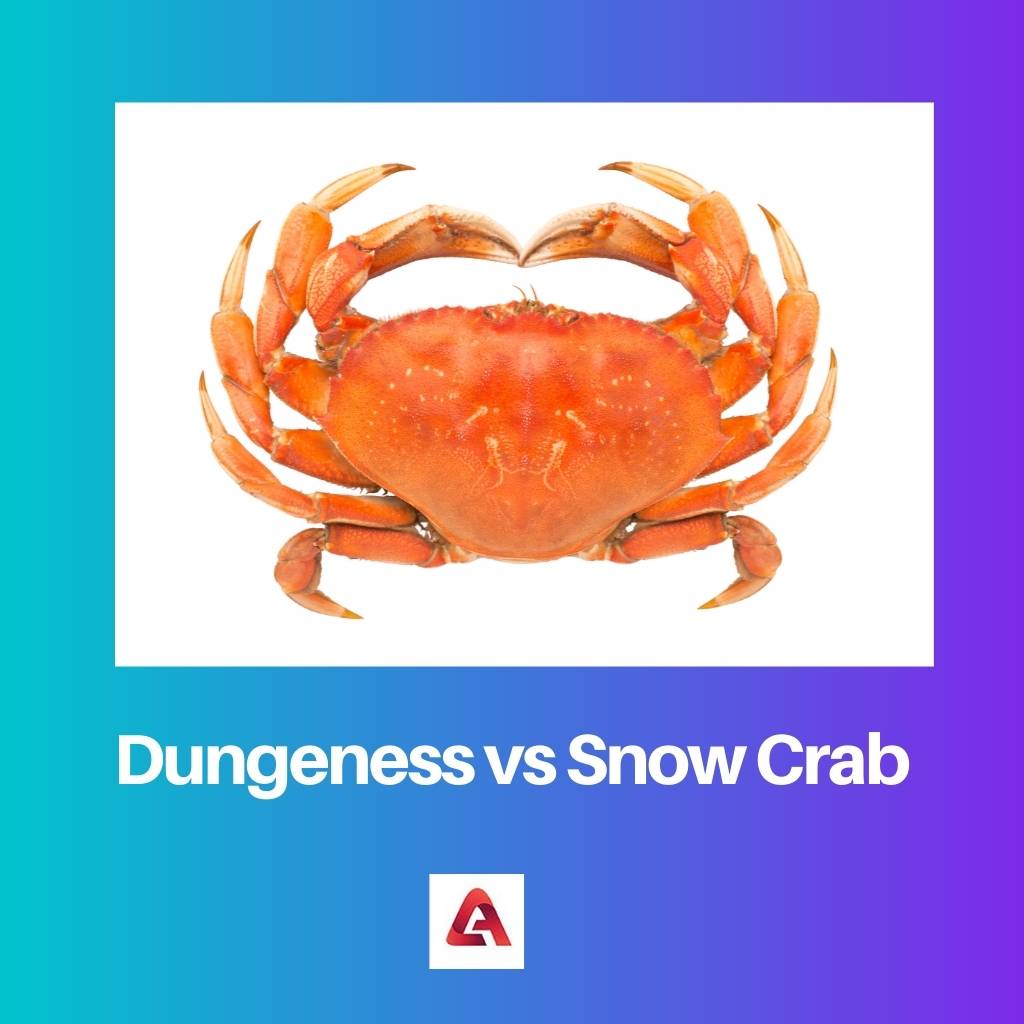
Dungeness vs Snow Crab Difference and Comparison
Key Differences Between Dungeness Crab and Snow Crab. Size: Dungeness crabs reach 2-3 pounds when fully grown. Snow crabs are bigger and can weigh up to four pounds when they reach maturity. Diet: Both species are scavengers that will feed on dead organisms that fall to the ocean floor. They'll also predate on shrimp, clams, worms, smaller.
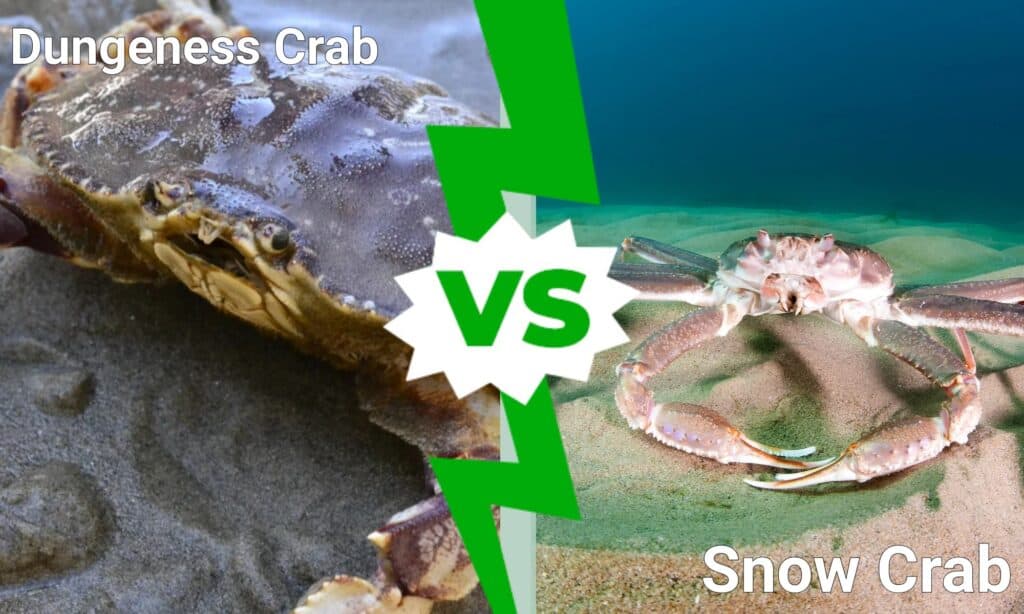
Dungeness Crab vs Snow Crab What’s the Difference? IMP WORLD
(some getting as large as 20lbs.), their bodies are, on average, 11 inches with a leg span of almost 5ft.!! King crab meat is mild in flavor with a nice sweetness and their legs are things made of legend. Buy Crabs Online. Taste the difference between Blue Crabs, Dungeness Crabs, Snow Crabs and King Crabs, all available at our online store. As.

Dungeness Crab Vs. Snow Crab Coastal Dream Life
Dungeness Crab vs. Snow Crab: Shelf Life and Cost. The cost of fresh Dungeness crab depends on the season's catch and the demand for the crab meat. Typically, prices range from $24 to $40 per crab. One crab usually weighs between one to two pounds. Cook live crabs within twenty-four hours of purchase.
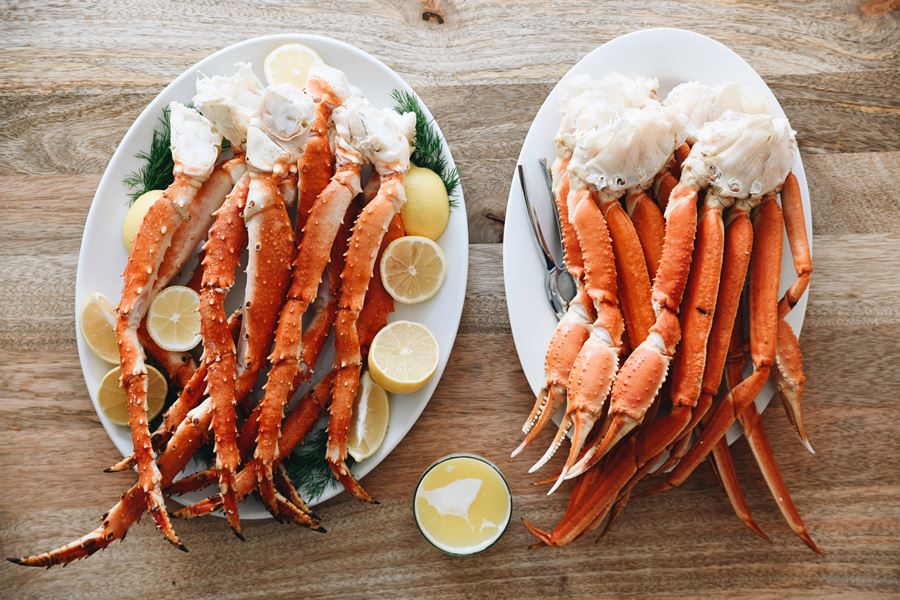
Difference Between Snow Crab Vs King Crab Which is Better?
Texture: Alaskan snow crab clusters feature delicate, tender meat, while Dungeness crab legs have a firmer texture that offers a satisfying bite. Availability: Alaskan snow crab clusters are available year-round, while Dungeness crab legs are typically in season from late fall to early spring. Price: Dungeness crab legs are often more expensive.

Dungeness Crab vs. Snow Crab Which is Better?
Physical Characteristics. Dungeness crab and snow crab are both crustaceans, but they differ in size and weight. Dungeness crab is larger and heavier than snow crab. Dungeness crab can grow up to 10 inches in width and weigh up to 2.5 pounds, while snow crab can grow up to 6 inches in width and weigh up to 2 pounds.
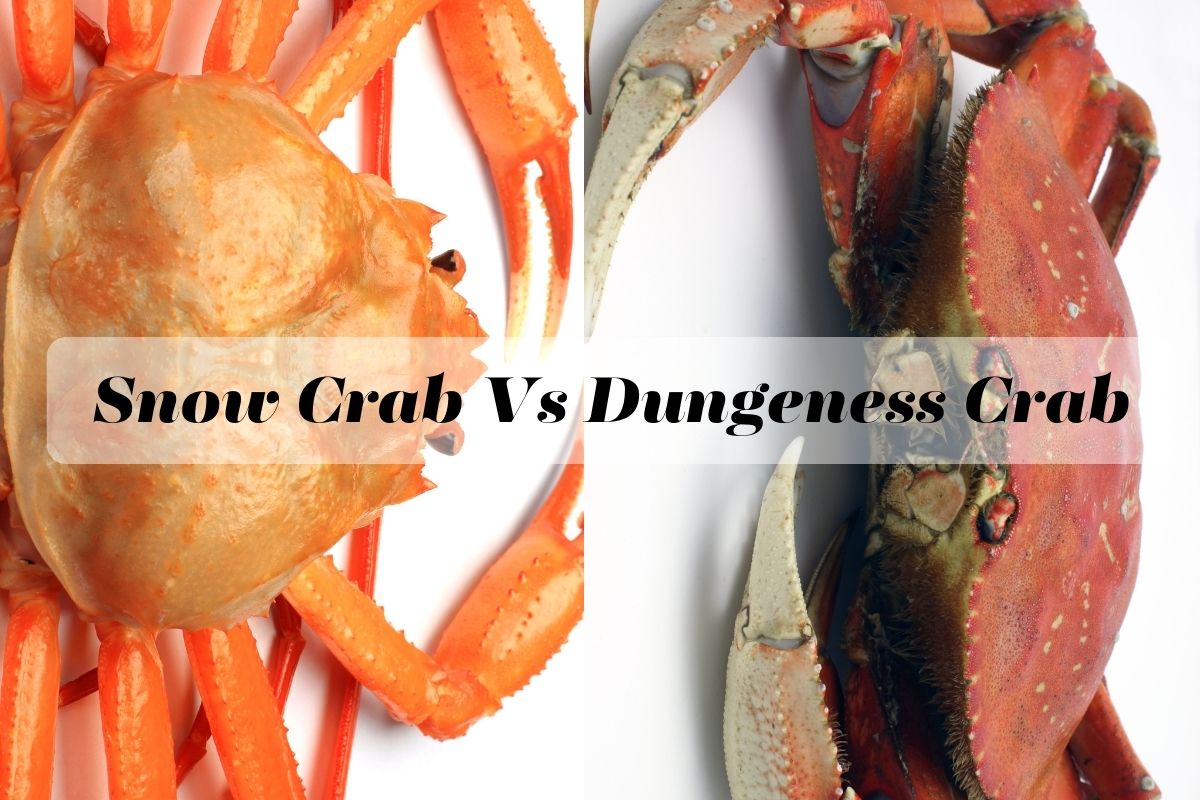
Snow Crab Vs Dungeness Crab All You Need to Know All Food Tales
Dungeness Crab vs. Snow Crab: The Differences: Size: Dungeness crabs are larger than snow crabs, with an average weight of around two pounds. Snow crabs, on the other hand, are smaller, with an average weight of around one pound. Taste: Both crabs have a sweet taste, but Dungeness crabs are sweeter and have a more delicate flavor.
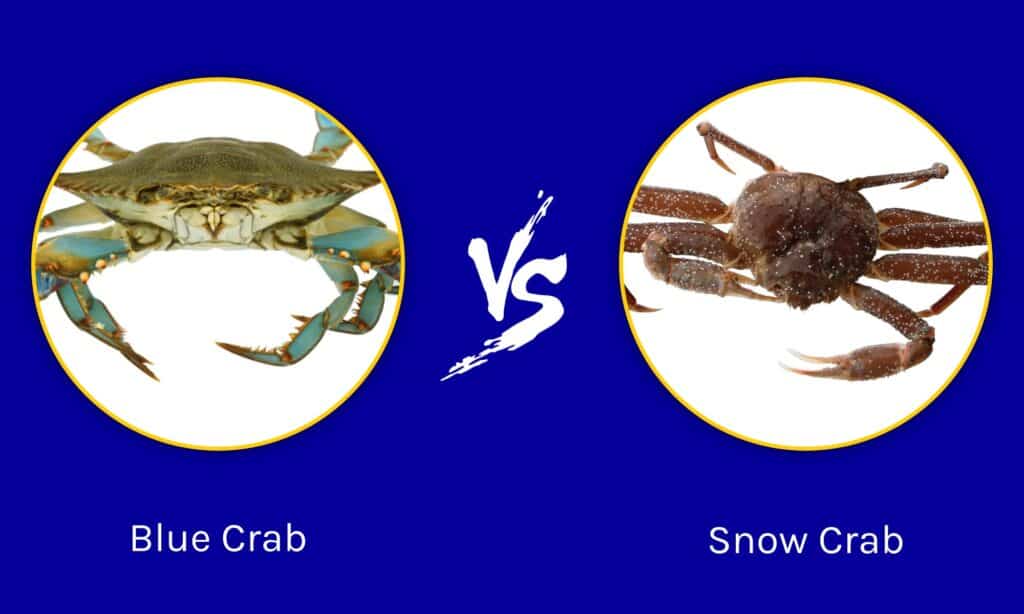
Blue Crab vs Snow Crab What’s the Difference? IMP WORLD
The flavor of snow crab meat is best compared to the taste of sweet butter, with a slightly indulgent, fatty texture. Price. Dungeness crab is generally cheaper than snow crab. On average, Dungeness crab sells for around $30/lb, and snow crab sells for $33/lb. For seafood enthusiasts or restaurants, the cost can add up quickly. Appearance
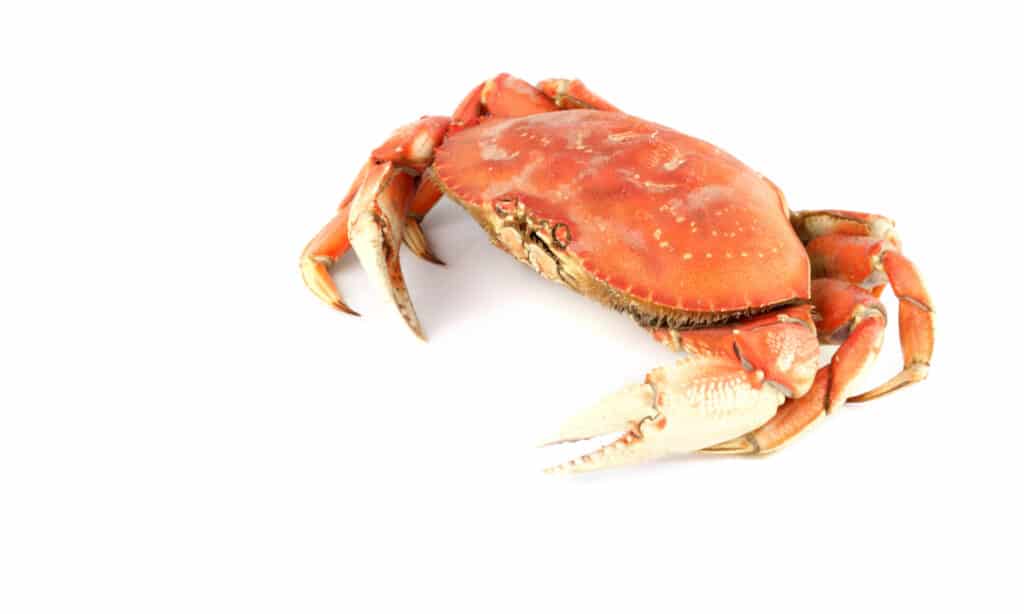
Dungeness Crab vs Snow Crab What’s the Difference? IMP WORLD
The main difference between these two crabs is their leg size. Dungeness crabs have thinner and smaller curved legs, whereas snow crabs have "meatier" legs. That means Dungeness crabs provide less meat within a single crab even though they contain more meat per weight, at twenty-five percent of their weight being from meat alone.

Snow Crab VS King Crab VS Dungeness Crab All The
Size. Dungeness crab can grow up to 3 pounds within the first three years from birth. The length of the shell is grown up to 10 inches along with the increasing weight. The average weight of a snow crab is 3 pounds. Although their shell's maximum width is 6-8 inches, their flesh is heavier than Dungeness crabs.
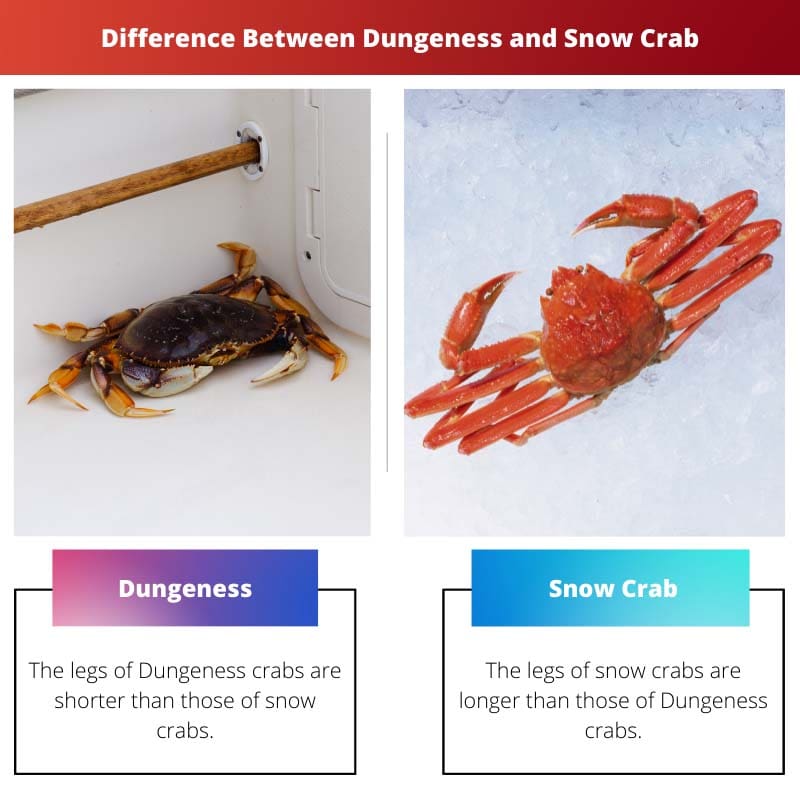
Dungeness vs Snow Crab Difference and Comparison
Dungeness crab clusters are known for their large size and rich flavor, while snow crab has a milder taste and is more widely available. Ultimately, the choice between the two will depend on your personal preference and availability in your area. Whichever you choose, both Dungeness crab clusters and snow crab are sure to satisfy your seafood.

Dungeness Crab Vs. Snow Crab 15 Differences Comparison
Dungeness Crab vs. Snow Crab: Taste. Most people find all the differences between crabs fascinating and informative. However, as they say, the proof is in the pudding. Although both have a similar taste, many would argue that one has a more distinct flavor in comparison, which is a noteworthy difference. In addition, personal preference also.
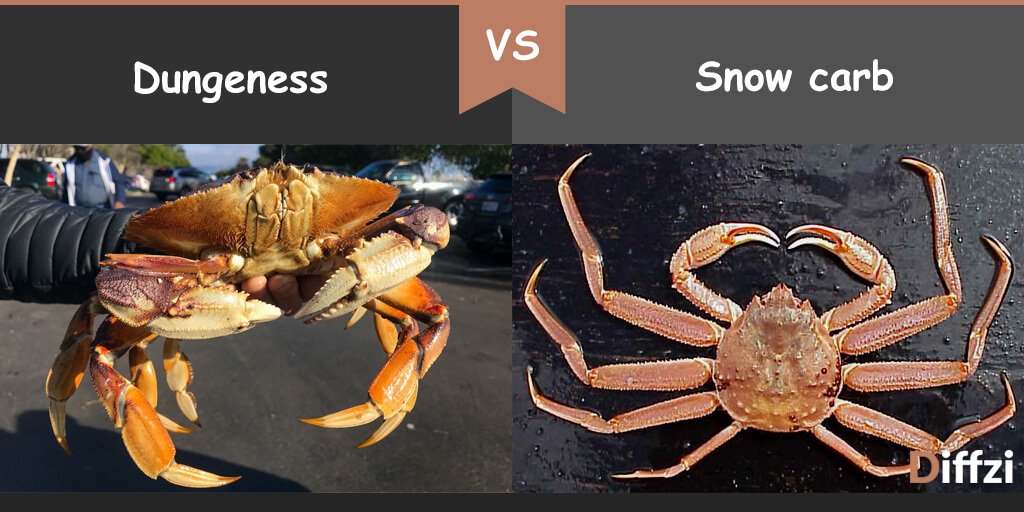
Dungeness vs. Snow Crab Diffzi
The Dungeness crab, on the other hand, has a richer flavor and is sweeter than snow crab. It also has a slightly nutty taste with hints of buttery sweetness. Because of the sweeter flavor profile, many people prefer the Dungeness crab over the snow crab. 2. Texture.
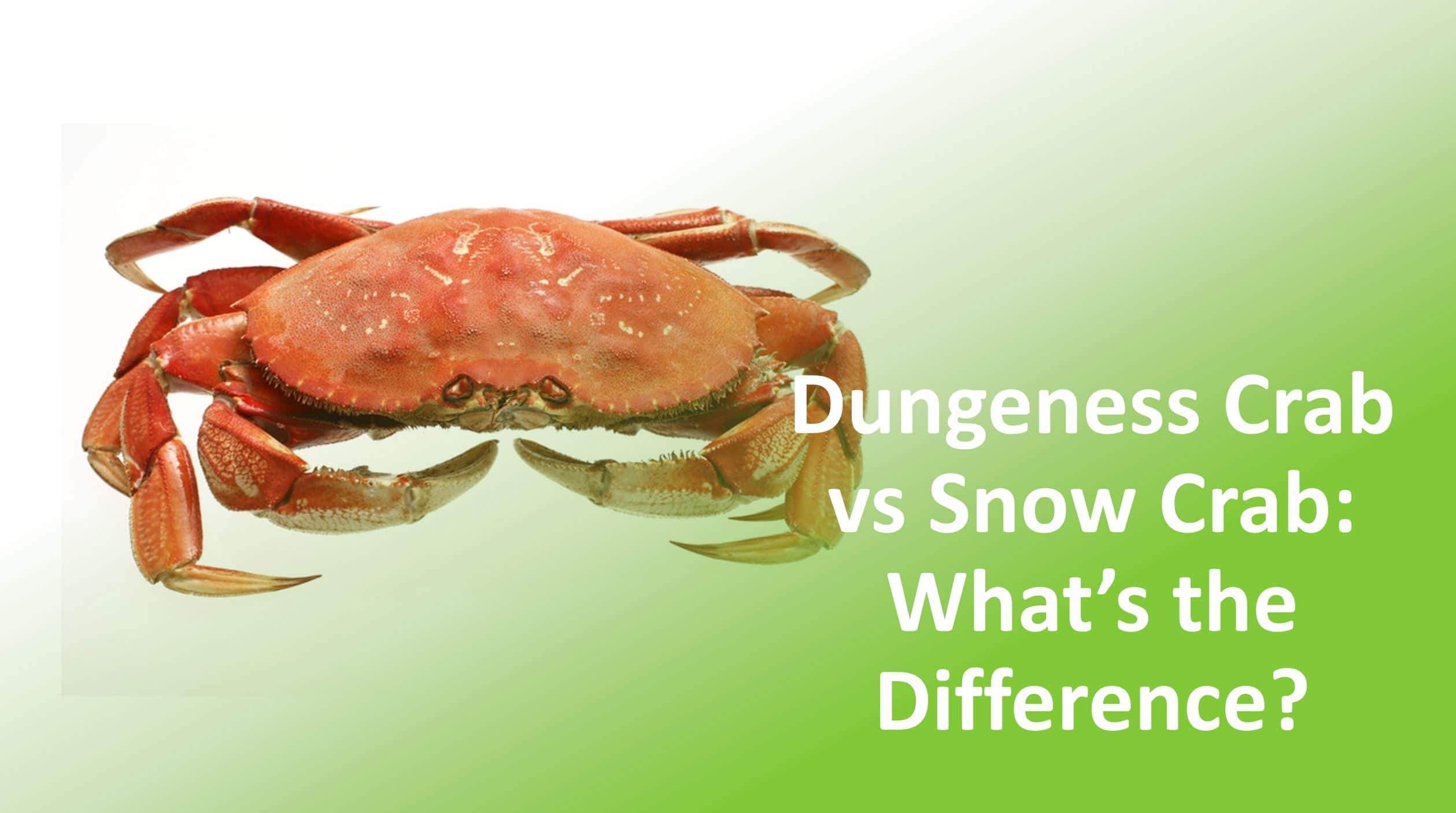
Dungeness Crab vs Snow Crab What's The Difference?
This is likely due to the fact that snow crabs have much longer legs compared to the legs of a dungeness crab. However, the body of a snow crab grows no larger than 6-8 inches, while the body of a dungeness crab averages 8-10 inches long. Dungeness crabs weigh 2-3 pounds on average, while snow crabs weigh 3 to 4 pounds on average.

Dungeness Crab vs Snow Crab What's The Difference?
Comparatively, snow crabs are almost two times smaller, with carapace widths up to six inches. Like Dungeness crabs, snow crabs are often smaller than six inches, and the females rarely exceed three inches in width. However, snow crabs have longer legs, which can make them look larger compared to the Dungeness type. 6.
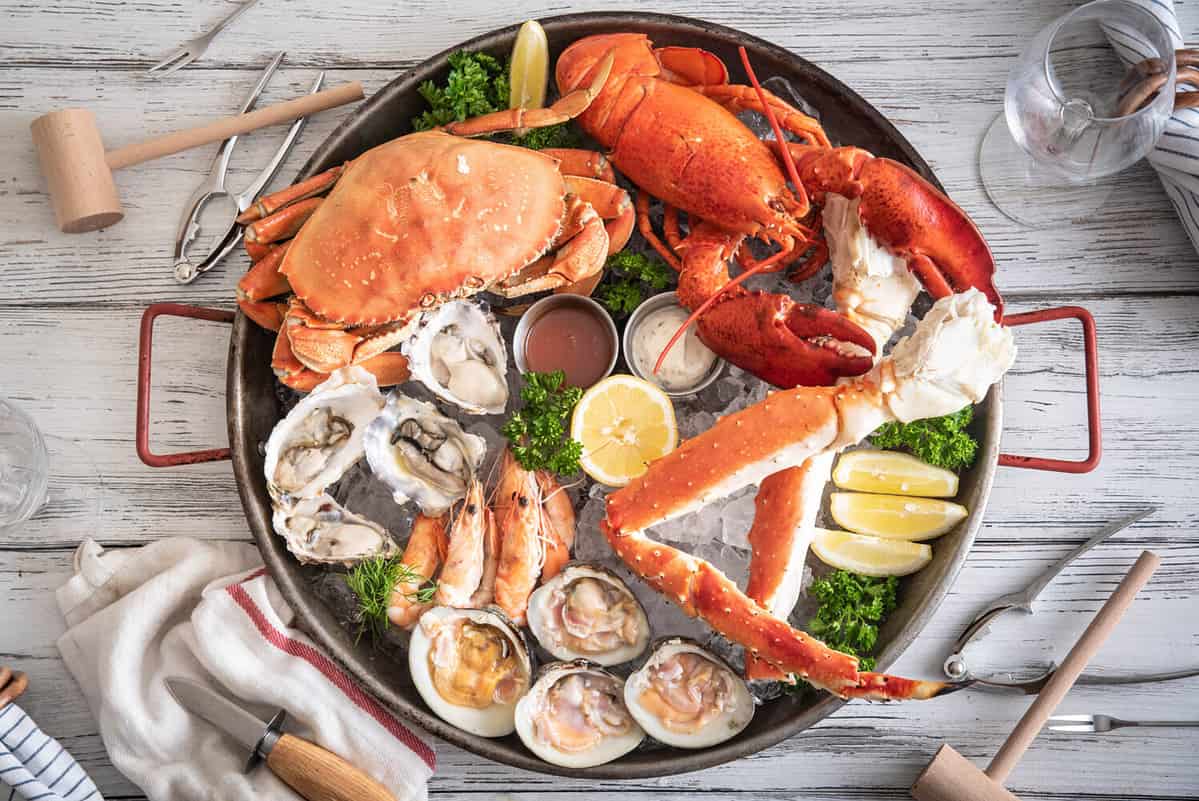
Dungeness Crab vs. Snow Crab Taste and Cooking Differences
Dungeness crabs can grow up to 10 inches in width, while snow crabs have carapace widths up to 6 inches. Smaller sizes are more common for both crabs, and snow crab females rarely exceed 3 inches in width. In terms of weight, an average Dungeness crab weighs between 2 and 3 pounds, with larger ones reaching up to 4 pounds.
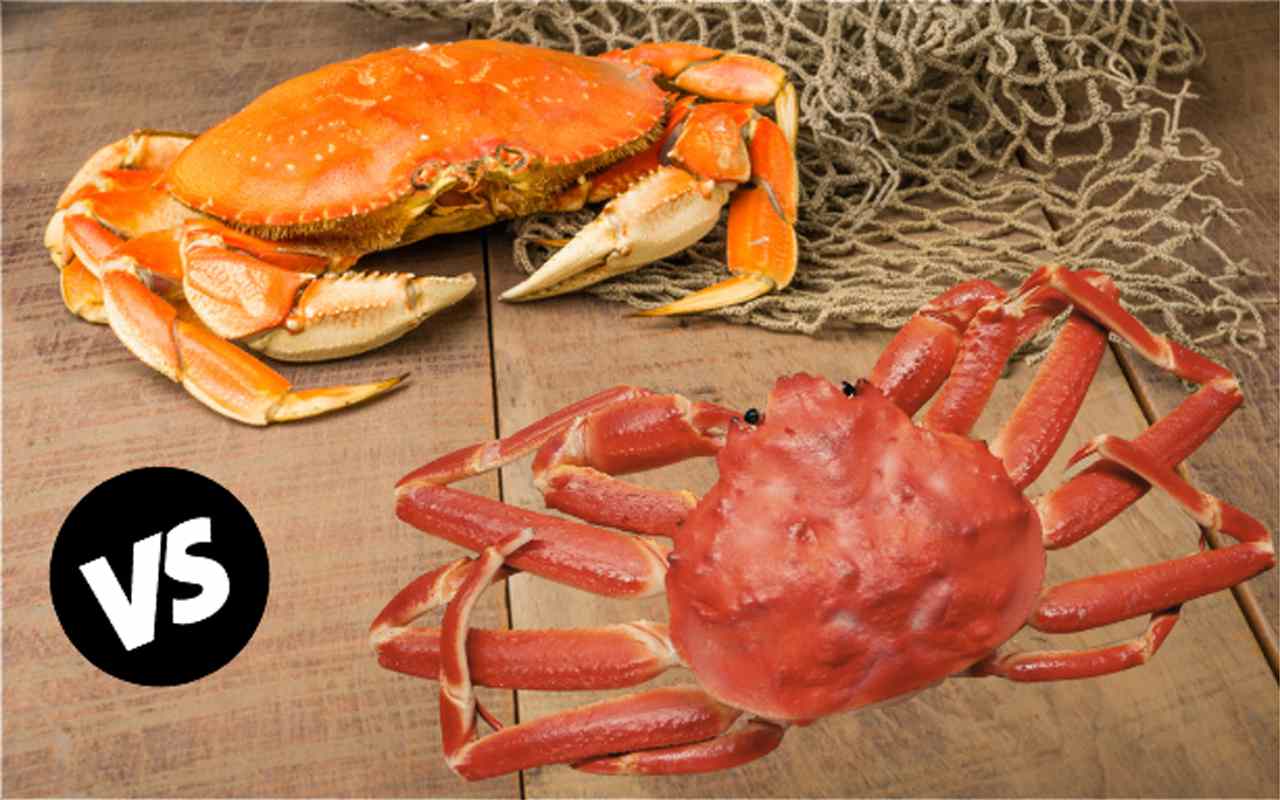
Dungeness Crab Vs Snow Crab Discover the Crab Phenomenon
There are many key differences between dungeness crabs and snow crabs. The body of the dungeness crab grows larger than the body of a snow crab. However, snow crab legs are much longer than the legs of a dungeness crab. Snow crabs also outlive dungeness crabs by 3-7 years on average. Finally, the habitat preferences and geographical locations.